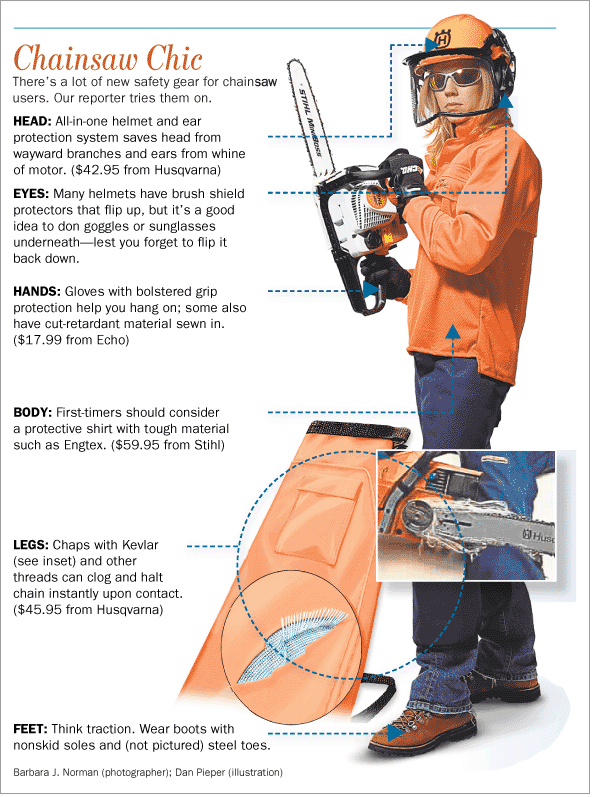 As we mentioned in our February Homeowner Maintenance article, “Many plants are now dormant which makes this the best time to plant new ones or trim existing ones.” While it appeared that no one in the country would be doing that this earlier this month, Punxsutawney Phil got it right this year, when he predicted that the Steelers would not only be going to the Super Bowl, but that we are looking at an early spring.
As we mentioned in our February Homeowner Maintenance article, “Many plants are now dormant which makes this the best time to plant new ones or trim existing ones.” While it appeared that no one in the country would be doing that this earlier this month, Punxsutawney Phil got it right this year, when he predicted that the Steelers would not only be going to the Super Bowl, but that we are looking at an early spring.
While we do not recommend that people use Hedge Trimmers, Chainsaws, or even weed-eaters to handle this type of trimming, these are generally the tool of choice for many homeowners who just want to get the work done, so they can go play around on the four-wheelers. If you would like to learn what those best methods, times, and other helpful methods are; I highly suggest you contact your local universities cooperative extension, or a botanical garden nearest you.
- Read the manuals provided with the equipment – they not only tell you how to use the tools safely, maintain them, but offer advice on the best way to use them to get the results you want.
- You are not on the beach yet, so put away the shorts & flip flops; Put the pants, enclosed shoes or boots, and a long-sleeve shirt on – clothes should not be baggy, as the last thing you want is the blades grabbing hold of them or you getting hung up on the branches.
- At a minimum, you should be wearing eye protection as all this equipment is known for throwing sawdust, rocks, and other items at high speed.
- Put on / in your hearing protection – While many “electric” versions of the yard equipment might not be as load as their equivalent gas versions, the effects are cumulative
- Gloves – not only will they keep your hands clean, but wearing the proper ones can help protect you from the blades, items bouncing back, and excessive vibration
- Perform a pre-startup check – in the military we called it the PMCS; Park the mother and call the shop – Preventive Maintenance Checks and Services –
- Are all the chains, blades, bolts – properly tightened?
- Are the fluids topped off?
- Are all the blades sharp, are any nicked, damaged, etc… Dull and damaged blades not only make it harder to cut and leave one with ugly cuts, but are prone to kick back easier
- Look around the area, and check for any hazards like power lines, (including those Christmas Light strands you were supposed to have already taken down), tripping hazards, area’s where you could slip, or even wet area’s if you are using an electric version
- Do not over extend yourself; most equipment should be used no higher than your chest where you have more control in case of a kick back. The main object when using the equipment is to make sure you not only have stable footing but also can keep your upper body stable while cutting. The forces exerted during a kickback, if not handled properly cannot only cause you to cut into your body, but knock you over.
- Make sure you can see everything you are cutting, especially tall hedges that border a neighbor’s yard
- Looking back at #8, that brings us to two of the biggest issues I see – DO NOT use ladder leaning against a tree to cut a branch, especially one handed. The last gentleman I saw that did this had a sling on his arm from the fall & three bandages – one from him falling and hitting something & the other two from the chainsaw smacking his arm & hand. In his case, he stated it simply – I was being stupid and I got lucky…
Additional Info & Websites:
- Tool Bob Talk: OSHA® Quick Card™ for Tree Trimming & Removal
- WSJ – Joinging the Chainsaw Gang (Full image & article on safety gear & testing of it)
- STIHL® Chainsaw Safety Manual
- STIHL® Hedge Trimmer Safety Manual
- HTRC Safety Sunday Series: Hearing Protection, Safety Glasses, Gloves
